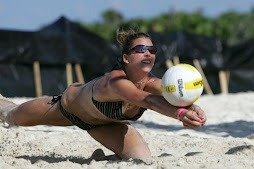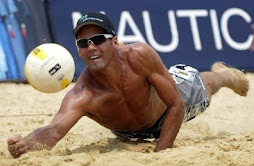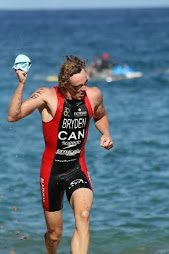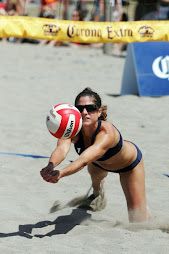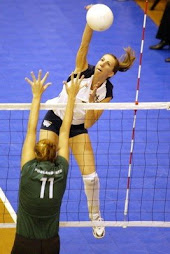So with the New Year just a few days old, everyone always talks about "New Year Resolutions" and how one is going to do things differently for this year. And we all know it takes what, about 2 weeks for these resolutions to be forgotten, just like the year past? Well here is why....Resolutions are goals. Plain and simple and they need to be treated as such but rarely they are.
Goals, when they are set, must be tangible, realistic, challenging, definable and most importantly attainable. When someone says my New Years Resolution is to lose 20 lbs., or stop smoking, or be nicer to people, or whatever, these are all great but....no one ever sets a step by step plan of how to get to these goals. Goals are journeys, nothing more, nothing less. And along each journey we must have a step by step map of how we are going to get there and checkpoints along the way to see how we are doing. If you are driving from Florida to California, you'd better expect the journey to take some time, you can't drive there in an hour or two, yet you can't exactly give up. Why do that with goals or resolutions?
If your goal is to lose weight, write down the amount of weight you want to lose, when you want to lose it by, how you are going to lose it (workouts, eating habits, etc) and have checkpoints where you can monitor your progress. Then you must also have a plan in place to keep the weight off. Why lose 20 lbs. when you're just going to put it back on again? Checkpoints are very important because they will help you from getting discouraged. Let's go back to our weight loss example since that is a pretty popular resolution. If you want to lose 20lbs., and you're working our really hard, at the end of a week, and you've lost just 2 lbs., well that can get pretty discouraging and some people can give up. Well, if we set our check point at 3 lbs by the end of week 1 and we've lost 2 lbs, well, 2 is a LOT closer to 3 then it is to 20 and we feel more encouraged and keep plugging along.
If your goal is to stop smoking, you will need help. That is step 1. Step two, don't try and stop altogether. Just start cutting back. Week 1 could be smoke 1 or 2 cigarettes fewer. Week 2, 1 more fewer than the previous week, and so on and so one until you realize, you don't need them anymore. (With a goal like this, you will definitely need help from friends. Preferably ones who DON'T smoke!) Similarly, people say I want to eat healthier, or no more fast food, or no more junk food. Well, are these really realistic? The way our society is set up with everything cheap, easy, fast, etc. I tend to say no (yes, I will partake in the occasional fast food indulgence). However, just like with anything we want to do less of, start off small. Maybe cut back to 1 or 2 times per week. Or have a cheat day where the rest of the week you are eating healthier, whole foods and have one day to let loose (make sure you stick to this day. Don't cheat two days in a row and say I'll make it up next week ;) This is a great way to help lose weight also in our earlier example.
Here's the other problem I have with resolutions...why wait til January 1? If you want to make a life change, or set a goal for something, start NOW. Don't wait. Put a plan in place, set your checkpoints, and DO IT.
Lastly, when setting out to do something, get someone else to do it with you. Challenge each other, keep each other focused and motivated and try to get someone that inspires you (or be someone that can inspire others!!). Any journey undertaken is always easier when you have a team of people accomplishing a goal.
For more information on goal setting, feel free to email me at mitch@bio-genix.com
Happy 2011 everyone. Now let's go set some goals!!!
Mitch Sadowsky
VP of Operations
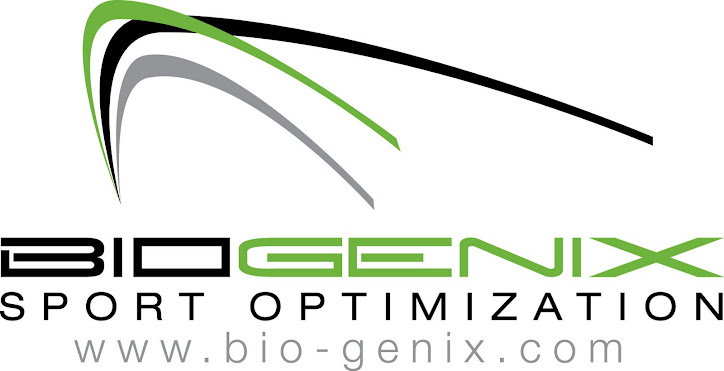.jpg)
